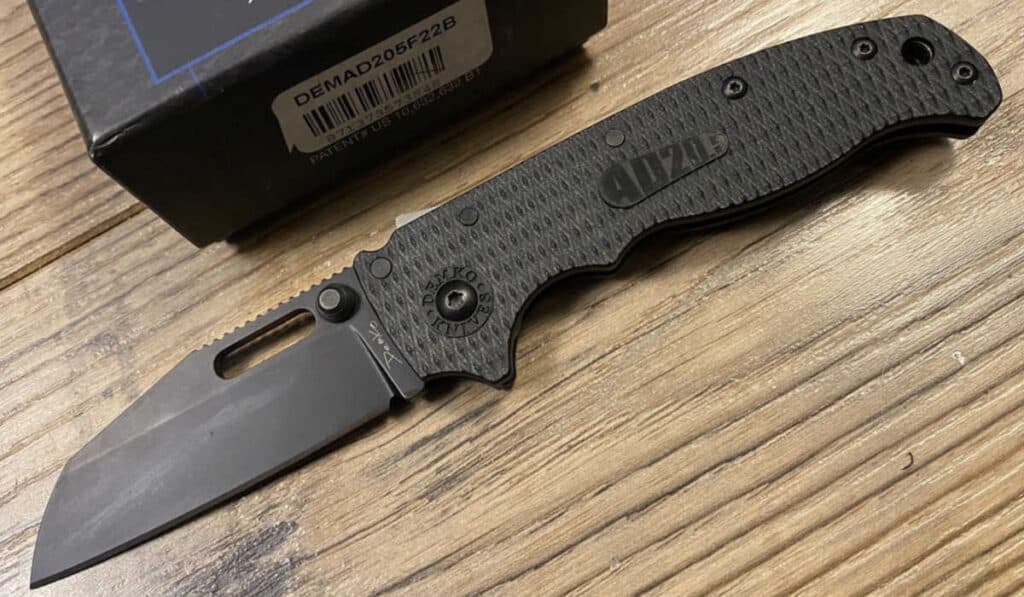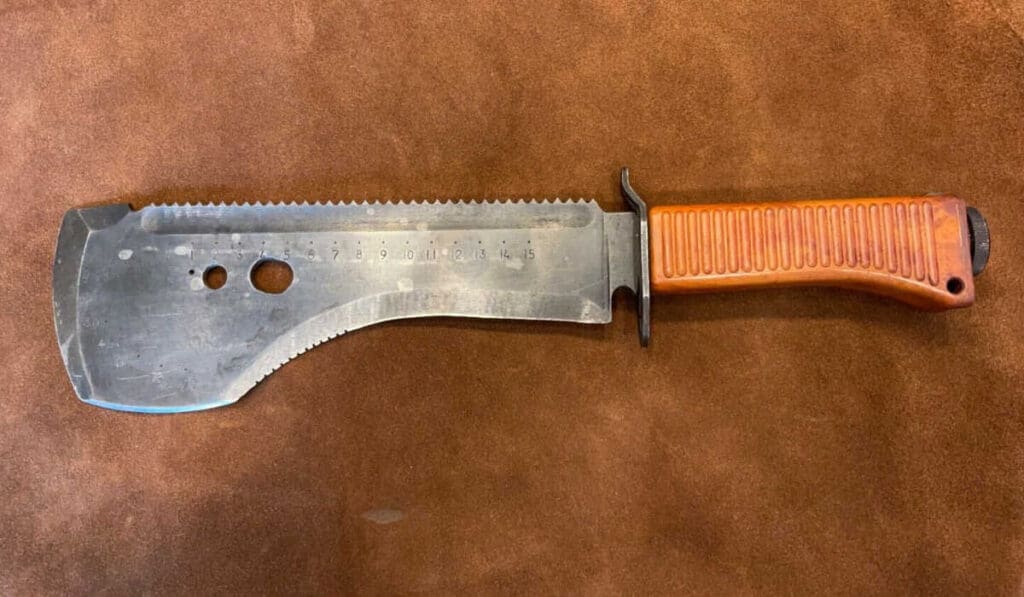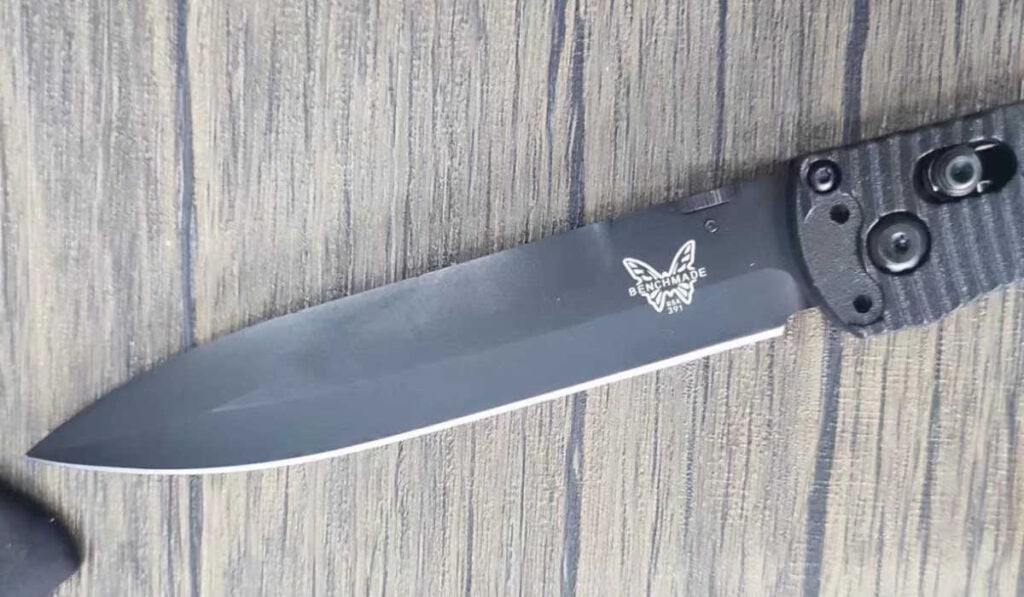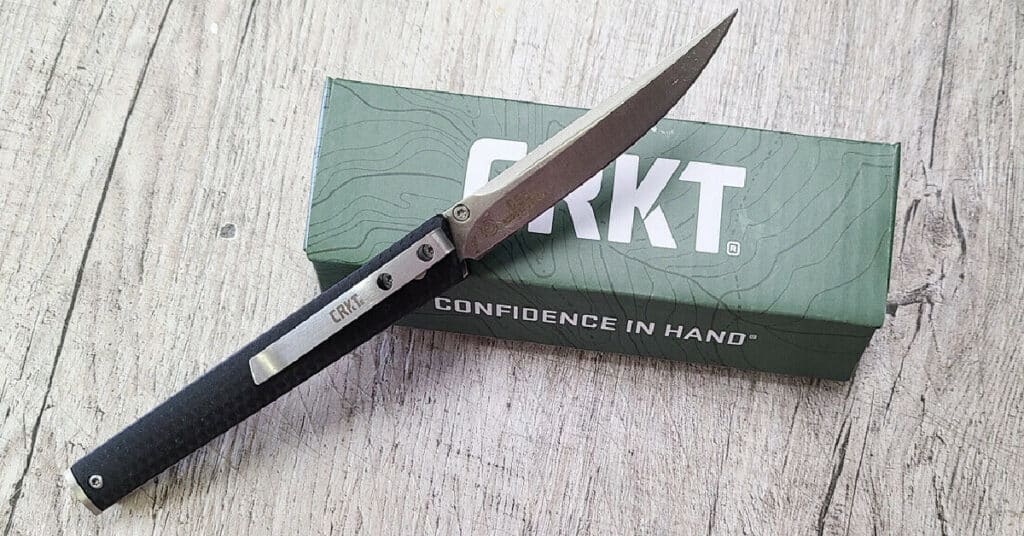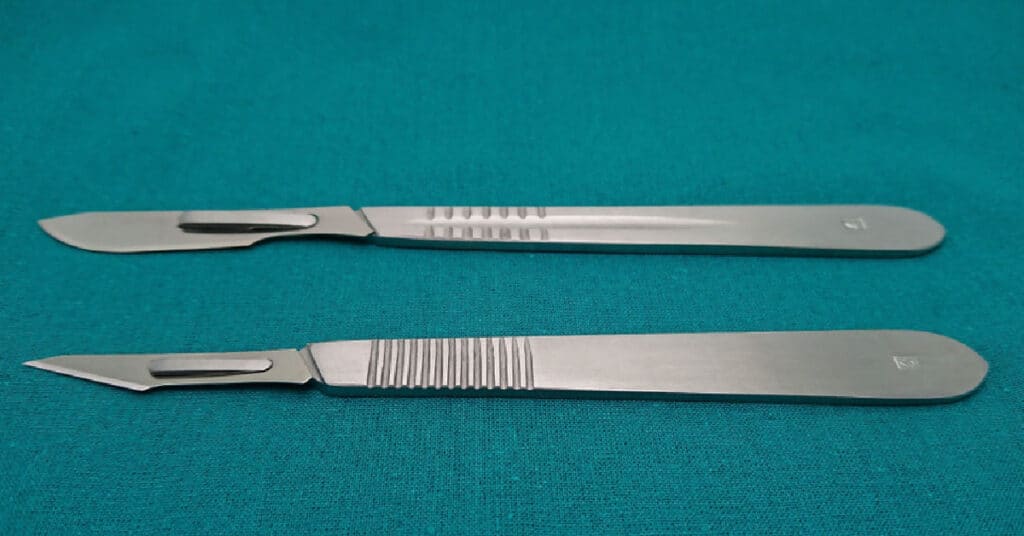Last updated on October 20th, 2023 at 05:22 pm
As an Amazon Associate I earn from qualifying purchases.
California knife laws can indeed be a complex topic to navigate, but it’s essential for anyone owning or considering owning a pocket knife in the state of California.
Understanding your rights and responsibilities as a knife owner will help you stay within legal boundaries when carrying or using your pocket knife.
This guide will present an overview of the different types of knives legal in California, prohibited types, age restrictions for ownership, concealed carry regulations, open carry rules, and penalties for violating any related laws.
Moreover, we’ll touch on local knife regulations to ensure you’re well-informed about what’s permitted in your area. It’s crucial to familiarize yourself with California knife law before stepping out with your blade to avoid any legal hassles.
Our Top Rated “50-State-Legal” Knives
*These knives are listed based on their broad legality across states, but always consult your local laws before making a purchase.
Types of Knives Legal in California
Folding Pocket Knives:
Folding pocket knives are legal to own and carry in California. These encompass models like slip joint, lockback, liner lock, frame lock, and button lock, which have a blade that can be folded into the handle, making them easy to store and transport.
Fixed Blade Knives:
Fixed-blade knives, including hunting knives, tactical combat knives, Bowie-style blades, and other fixed-blade knives are legal to own and carry in California, provided they are worn openly and not concealed.
Balisong (Butterfly) Knives:
Balisong or butterfly knives fall under the category of switchblades and are illegal to own or carry in California.
Prohibited Knife Types in California
Switchblades and Automatic Knives:
Switchblade knives, also known as automatic knives, are prohibited in California. These types of pocket knives open automatically with the press of a button or other mechanical device. The blades on these knives can be opened quickly and easily without manual manipulation of the blade itself.
Ballistic (Throwing) Knives:
Ballistic (throwing) knives are illegal to own in California. These pocket knives have a detachable blade that is designed to be thrown at an object or person by releasing it from its handle. Throwing knives can cause serious injury if used improperly and they are not allowed under state law.
In California, it is important to be aware of the prohibited knife types that are illegal to own and carry. Additionally, there are age restrictions for knife ownership in the state as well.
Age Restrictions for Knife Ownership in California
The minimum age for purchasing and carrying a knife in California is indeed 18 years old. However, certain prohibited types of knives, such as switchblades, ballistic knives, and belt-buckle knives, are illegal to own or carry regardless of age.
Concealed Carry Laws for Pocket Knives in California
It’s illegal to carry a concealed dirk or dagger in California. However, folding knives can be carried both openly and concealed as long as they are in the folded position, regardless of blade length.
Open Carry Laws for Pocket Knives in California
Open carry of knives is allowed in California, with the exception of switchblades, ballistic knives, and other prohibited knife types. Fixed blade knives must be carried openly.
Penalties for Violating Knife Laws in California
Violating knife laws in California can result in both misdemeanor and felony charges, with penalties including up to three years in county jail and a maximum fine of $10,000.
Preemption Statutes Regarding Local Knife Regulations in California
California does not have a state-level preemption statute regarding knife laws. Local jurisdictions can enact their own knife laws, which might be stricter than the state law. Therefore, it’s essential to check local laws in addition to the state laws before carrying a knife.
California State Knife Law References
Official Sources of California’s Knife Laws:
- Official Codes and Definitions:
- Penal Code 21510 PC: Covers switchblade knives.
- Penal Code 20410 PC: Pertains to belt-buckle knives.
- Penal Code 21110 PC: Concerns ballistic knives.
- Penal Code 17235: Defines switchblade knives.
- Penal Code 171b PC: Regulates knives in public buildings.
- Penal Code §21310: Governs the open carry of legal knives.
Significant Court Cases
| Case Title | Summary |
|---|---|
| Knife Rights, Inc. v. Bonta | A lawsuit filed in U.S. District Court for the Southern District of California challenging the constitutionality of the “Switchblade” ban. |
| 2013 Cal. App. Unpub. LEXIS 8361 | Court held that the Second Amendment does not clearly apply to dirk knives and daggers under California law. |
Major Changes in California’s Knife Laws
- N/A
Conclusion
In conclusion, understanding the knife laws in California is important for anyone who owns or carries a pocket knife.
It is essential to be aware of what types of knives are legal and illegal in the state, as well as any age restrictions that may apply. Additionally, it is important to know the concealed carry and open carry laws for pocket knives in California, as well as any potential penalties for violating California knife law.
Individuals should also familiarize themselves with preemption statutes regarding local regulations on knives within the state of California.
We need to take action and ensure that knife laws in California are updated, simplified, and enforced.
With the right policies in place, we can create a safer environment for everyone while protecting our rights as citizens of this state.
Do Sheepsfoot Blades Have A Purpose? (Cuz They’re Ugly…)
Spetsnaz Machetes – Blades Of The Russian Special Forces
What Is The Actual Purpose Of A Spear Point Knife Blade?
CRKT CEO Review – Coolest, Most Worthless Knife Ever?
How Sharp Is A Scalpel? (Is It Sharper Than A Razor?)
Can You Shave With A Knife? (Yes, Here’s How)
As an Amazon Associate I earn from qualifying purchases.





